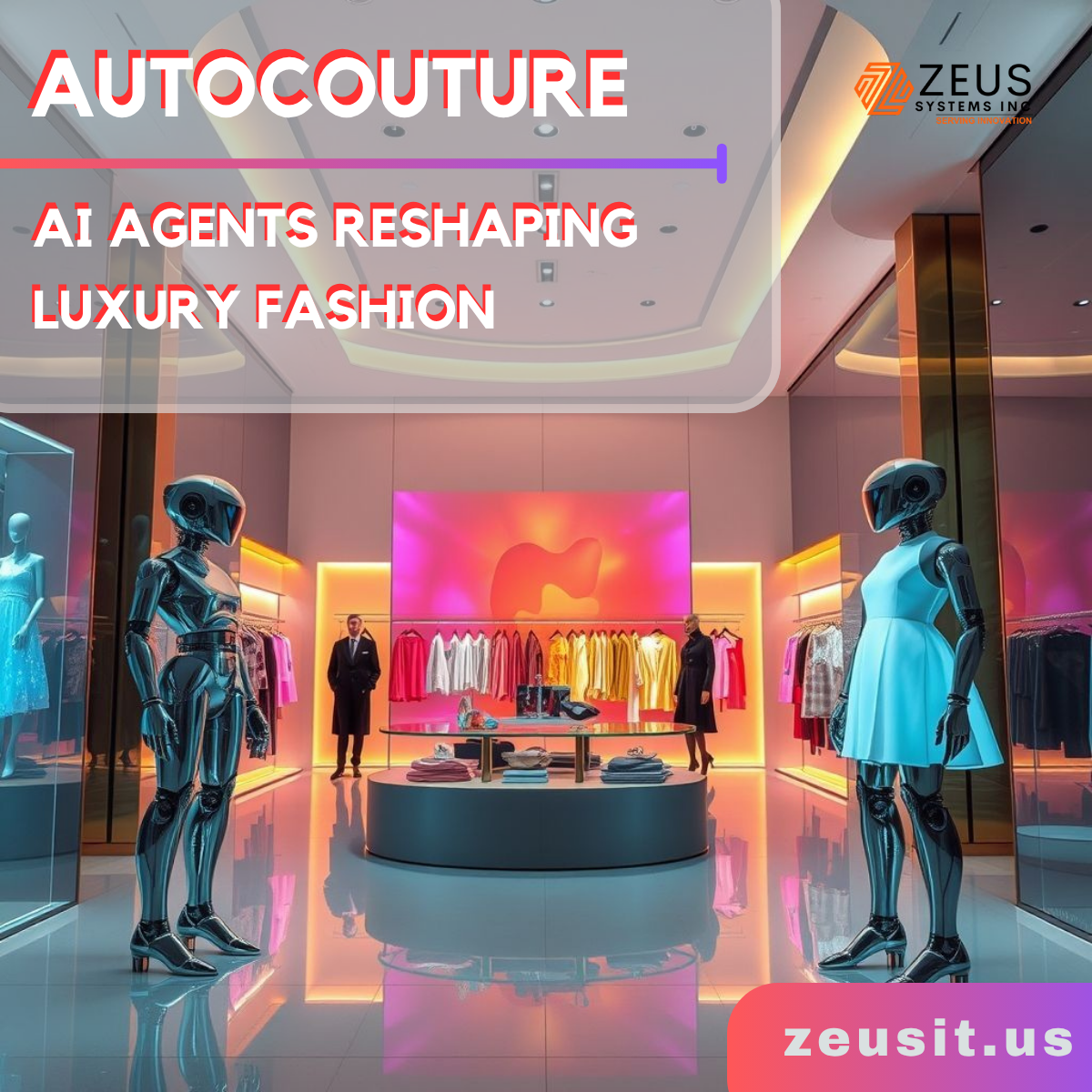In the realm of artificial intelligence, few developments have captured the imagination quite like OpenAI’s ChatGPT. Wit ...
Categories
Post By Date
- November 2025
- October 2025
- September 2025
- August 2025
- July 2025
- June 2025
- May 2025
- April 2025
- March 2025
- February 2025
- January 2025
- December 2024
- November 2024
- October 2024
- September 2024
- August 2024
- July 2024
- June 2024
- April 2024
- March 2024
- February 2024
- January 2024
- December 2023
- November 2023
- October 2023
- September 2023
- August 2023
- July 2023
- June 2023
- May 2023
-
Trends in Cloud Technology
In the realm of technological innovation, cloud technology continues to evolve, captivating hearts and minds alike. With ...
What is Chat-GPT and How powerful it is?
the conversational companion that brings a touch of humanity to our digital interactions. What is Chat GPT?A Conversa ...
3D Mapping using Drones
A journey to the 3D mapping using drones. The latest trend in 3D mapping using drones revolves around enhanced precis ...
-
Circular Economy Platforms Using IoT:
As the world pivots toward a more sustainable future, the concept of the Circular Economy (CE) has emerged as a critica ...
Additive Manufacturing Meets Time: The N...
Additive manufacturing (AM), or 3D printing, revolutionized how we build physical objects—layer by layer, on demand, wi ...
AI-Driven Financial Regulation: How Pred...
In today’s era of digital transformation, the regulatory landscape for financial services is undergoing one of its most ...
Space Tourism Research Platforms: How Co...
Introduction: Space Tourism’s Hidden Role as Research Infrastructure The conversation about space tourism has largel ...

- Raj
- August 4, 2025
- 5 months ago
- 3:41 pm
1. Beyond Chat‑based Stylists: Agents as Autonomous Personal Curators
Most luxury AI pilots today rely on conversational assistants or data tools that assist human touchpoints—“visible intelligence” (~customer‑facing) and “invisible intelligence” (~operations). Imagine the next level: multi‑agent orchestration frameworks (akin to agentic AI’s highest maturity levels) capable of executing entire seasonal capsule designs with minimal human input.
A speculative architecture:
· A Trend‑Mapping Agent ingests real‑time runway, social media, and streetwear signals.
· A Customer Persona Agent maintains a persistent style memory of VIP clients (e.g. LVMH’s “MaIA” platform handling 2M+ internal requests/month)
· A Micro‑Collection Agent drafts mini capsule products tailored for top clients’ tastes based on the Trend and Persona Agents.
· A Styling & Campaign Agent auto‑generates visuals, AR filters, and narrative-led marketing campaigns, customized per client persona.
This forms an agentic collective that autonomously manages ideation-to-delivery pipelines—designing limited-edition pieces, testing them in simulated social environments, and pitching them directly to clients with full creative autonomy.
2. Invisible Agents Acting as “Connoisseur Outpost”
LVMH’s internal agents already assist sales advisors by summarizing interaction histories and suggesting complementary products (e.g. Tiffany), but future agents could operate “ahead of the advisor”:
- Proactive Outpost Agents scan urban signals—geolocation heatmaps, luxury foot-traffic, social-photo detection of brand logos—to dynamically reposition inventory or recommend emergent styles before a customer even lands in-store.
- These agents could suggest a bespoke accessory on arrival, preemptively prepared in local stock or lightning‑shipped from another boutique.
This invisible agent framework sits behind the scenes yet shapes real-world physical experiences, anticipating clients in ways that feel utterly effortless.
3. AI-Generated “Fashion Personas” as Co-Creators
Borrowing from generative agents research that simulates believable human behavior in environments like The Sims, visionary luxury brands could chart digital alter-egos of iconic designers or archetypal patrons. For Diane von Furstenberg, one could engineer a DVF‑Persona Agent—trained on archival interviews, design history, and aesthetic language—that autonomously proposes new style threads, mood boards, even dialogues with customers.
These virtual personas could engage directly with clients through AR showrooms, voice, or chat—feeling as real and evocative as iconic human designers themselves.
4. Trend‑Forecasting with Simulation Agents for Supply Chain & Capsule Launch Timing
Despite current AI in forecasting and inventory planning, luxury brands operate on long lead times and curated scarcity. An agentic forecasting network—Simulated Humanistic Colony of Customer Personas—from academic frameworks could model how different socioeconomic segments, culture clusters, and fashion archetypes respond to proposed capsule releases. A Forecasting Agent could simulate segmented launch windows, price sensitivity experiments, and campaign narratives—with no physical risk until a final curated rollout.
5. Ethics/Alignment Agents Guarding Brand Integrity
With agentic autonomy comes trust risk. Research into human-agent alignment highlights six essential alignment dimensions: knowledge schema, autonomy, reputational heuristics, ethics, and engagement alignment. Luxury brands could deploy Ethics & Brand‑Voice Agents that oversee content generation, ensuring alignment with heritage, brand tone and legal/regulatory constraints—especially for limited-edition collaborations or campaign narratives.
6. Pipeline Overview: A Speculative Agentic Architecture
| Agent Cluster | Functionality & Autonomy | Output Example |
| Trend Mapping Agent | Ingests global fashion signals & micro-trends | Predict emerging color pattern in APAC streetwear |
| Persona Memory Agent | Persistent client–profile across brands & history | “Client X prefers botanical prints, neutral tones” |
| Micro‑Collection Agent | Drafts limited capsule designs and prototypes | 10‑piece DVF‑inspired organza botanical-print mini collection |
| Campaign & Styling Agent | Generates AR filters, campaign copy, lookbooks per Persona | Personalized campaign sent to top‑tier clients |
| Outpost Logistics Agent | Coordinates inventory routing and store displays | Hold generated capsule items at city boutique on client arrival |
| Simulation Forecasting Agent | Tests persona reactions to capsule, price, timing | Optimize launch week yield +20%, reduce returns by 15% |
| Ethics/Brand‑Voice Agent | Monitors output to ensure heritage alignment and safety | Grade output tone match; flag misaligned generative copy |
Why This Is Groundbreaking
- Luxury applications today combine generative tools for visuals or clienteling chatbots—these speculations elevate to fully autonomous multi‑agent orchestration, where agents conceive design, forecasting, marketing, and logistics.
- Agents become co‑creators, not just assistants—simulating personas of designers, customers, and trend clusters.
- The architecture marries real-time emotion‑based trend sensing, persistent client memory, pricing optimization, inventory orchestration, and ethical governance in a cohesive, agentic mesh.
Pilots at LVMH & Diane von Furstenberg Today
LVMH already fields its “MaIA” agent network: a central generative AI platform servicing 40 K employees and handling millions of queries across forecasting, pricing, marketing, and sales assistant workflows Diane von Furstenberg’s early collaborations with Google Cloud on stylistic agents fall into emerging visible-intelligence space.
But full agentic, multi-agent orchestration, with autonomous persona-driven design pipelines or outpost logistics, remains largely uncharted. These ideas aim to leap beyond pilot scale into truly hands-off, purpose-driven creative ecosystems inside luxury fashion—integrating internal and customer-facing roles.
Hurdles and Alignment Considerations
- Trust & transparency: Consumers interacting with agentic stylists must understand the AI’s boundaries; brand‑voice agents need to ensure authenticity and avoid “generic” output.
- Data privacy & personalization: Persistent style agents must comply with privacy regulations across geographies and maintain opt‑in clarity.
- Brand dilution vs. automation: LVMH’s “quiet tech” strategy shows the balance of pervasive AI without overt automation in consumer view
Conclusion
We are on the cusp of a new paradigm—where agentic AI systems do more than assist; they conceive, coordinate, and curate the luxury fashion narrative—from initial concept to client-facing delivery. For LVMH and Diane von Furstenberg, pilots around “visible” and “invisible” stylistic assistants hint at what’s possible. The next frontier is building multi‑agent orchestration frameworks—virtual designers, persona curators, forecasting simulators, logistics agents, and ethics guardians—all aligned to the brand’s DNA, autonomy, and exclusivity. This is not just efficiency—it’s autonomous couture: tailor‑made, adaptive, and resonant with the highest‑tier clients, powered by fully agentic AI ecosystems.

